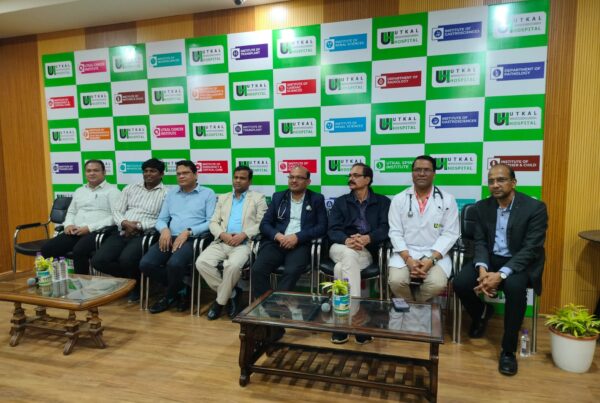India’s battle with air pollution has taken a disturbing new turn, with a groundbreaking study revealing its serious impact on unborn children. Conducted by a global team of researchers from institutions including IIT Delhi, AIT Thailand, and University College Dublin, the study links in-utero exposure to fine particulate matter (PM2.5) with increased risks of low birth weight and preterm birth across the country.
In 2023, India ranked as the third most polluted country globally. The study draws on data from the National Family Health Survey (2019-21) and satellite-derived pollution levels, and it delivers a stark warning: even before birth, Indian children are already bearing the burden of toxic air.
The researchers found that 13% of children in their sample were born prematurely, while 17% had low birth weight. For every 10 microgram per cubic meter (µg/m³) increase in PM2.5, the odds of a baby being born underweight rose by 5%, and the risk of preterm birth jumped by 12%. The risks surged particularly when PM2.5 levels crossed 40 µg/m³ and 50 µg/m³ for low birth weight and preterm births, respectively.
The impact was not limited to air quality alone. Climatic factors such as heavy rainfall and high temperatures were also linked to worse birth outcomes—possibly due to healthcare disruptions and maternal heat stress. Indoor pollution from solid cooking fuels further worsened outcomes, especially among rural households.
The northern districts of India—particularly in the upper Gangetic belt including Delhi, Punjab, Uttar Pradesh, Bihar, and Haryana—emerged as the most affected regions. These areas consistently report the highest PM2.5 levels and a greater prevalence of adverse birth outcomes.
Advanced spatial models like Multiscale Geographically Weighted Regression (MGWR) helped the researchers map the relationship between pollution and birth outcomes across districts. The study is also notable for being the first to use detailed national data to assess preterm births at the district level.
While the study acknowledges limitations such as reliance on self-reported data and its cross-sectional design, its findings highlight an urgent public health challenge. The authors call for expanding India’s National Clean Air Program, promoting clean cooking fuels, and integrating air quality monitoring with health systems. Raising awareness among pregnant women and improving maternal healthcare access—especially in rural and high-risk zones—could be key to safeguarding India’s next generation.




